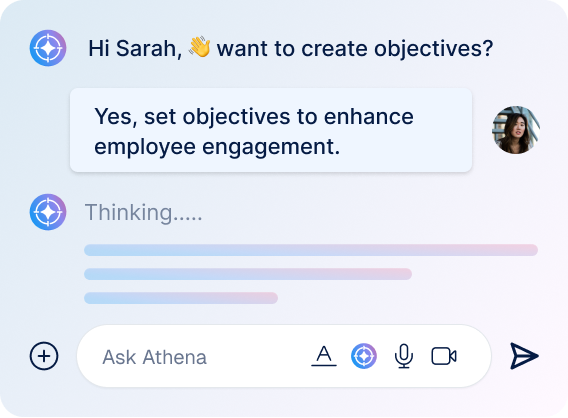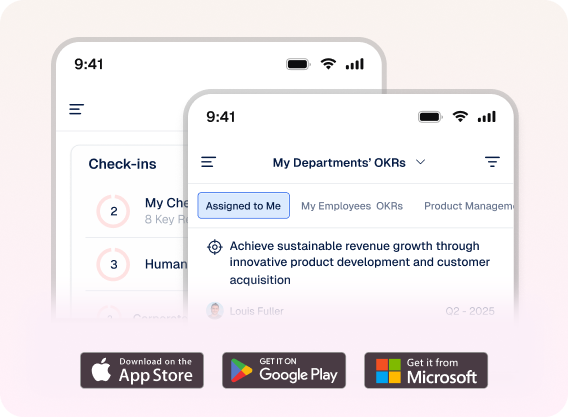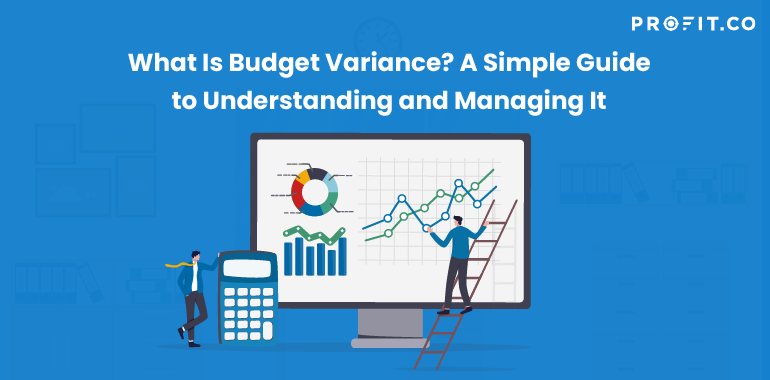Introduction
Have you ever set a budget for something, only to find out later that you spent way more or less than you planned? That’s what we call a budget variance. In business, tracking these variances is critical because they tell you where your money is going and how well you’re sticking to your financial plan. A budget variance can be a useful indicator of how efficiently your business operates or where things might go off track.
In this blog, we’ll explain budget variance, why it matters, how to calculate it, and how to use this information to make smarter business decisions.
“Price is what you pay. Value is what you get.”
What Is Budget Variance?
Budget variance is the difference between what you planned to spend or earn (your budgeted values) and what actually happened. A variance can be positive (favorable) or negative (unfavorable) and helps you identify where you are either overspending or where your business is performing better than expected.
Want to manage your budget management process?
Formula:
To find the budget variance, use this formula:
Budget Variance = Actual Value – Projected (Budgeted) Value
If the result is positive, you have a favorable variance (e.g., you earned more than expected).
If it’s negative, you have an unfavorable variance (e.g., you spent more or earned less than planned).
| Project | Projected Value | Actual Value | Variance |
|---|---|---|---|
| Total Revenue | $8M | $8.5M | $0.5M |
| Total Costs | $7M | $8.2M | $1.2M |
| Net Profit | $1M | $0.3M | $0.7M |
In this example
Total Revenue: You expected to make $8M, but you made $8.5M. So, the variance is $0.5M (favorable).
Total Costs: You planned to spend $7M, but you spent $8.2M. This results in a variance of $1.2M (unfavorable).
Net Profit: You aimed for $1M in profit but ended up with only $0.3M, resulting in a negative variance of ($0.7M) (unfavorable).
Favorable vs. Unfavorable Variance: What Do They Mean?
Favorable Variance
This means things are going better than planned! For example, your revenue is higher than expected, or your costs are lower. This could happen if your marketing campaigns performed exceptionally well or if you found ways to operate more efficiently.
Unfavorable Variance
This indicates you’re not meeting expectations. You might be spending more than planned, or your revenue could be lower than anticipated. Reasons for unfavorable variances could include operational inefficiencies, increased costs, or lower-than-expected sales.
Why Does This Matter? Analyzing these variances can help you pinpoint where adjustments are needed, whether that’s cutting costs, ramping up marketing, or finding new revenue streams.
Steps for Effective Budget Variance Analysis
- First, find out where your numbers differ from your budget.
- Next, dig into the reasons for each variance. Was it due to market changes, operational inefficiencies, or unexpected expenses?
- Adjust your strategies and budgets based on what you find to improve future performance.
An OKR for Budget Variance Management
OKRs (Objectives and Key Results) are a powerful goal-setting framework that helps teams focus on measurable outcomes. They define what you want to achieve (Objective) and how you’ll measure success (Key Results).
Objective: Optimize Budget Performance for 2024
KR 1: Reduce Operational Costs by From 87% to 75% by Q4
Initiatives:
- Implement an automated expense-tracking system.
- Negotiate lower rates with current service providers.
- Optimize resource allocation by shifting to more cost-effective software tools.
KR 2: Increase Revenue FROM 60% to 70% by Q3
Initiatives:
- Launch a targeted marketing campaign to new markets.
- Introduce a subscription-based pricing model.
- Upsell additional modules to current customers.
KR 3: Improve Budget Accuracy FROM 80% to 90% by Q2
Initiatives:
- Conduct monthly budget variance analysis to identify areas of improvement.
- Provide budget management training for department heads.
- Implement a forecasting tool to refine budget predictions.
By setting these OKRs, the company not only tracks key financial metrics (KPIs) like revenue and expenses but also actively drives actions to align actual performance with its budget. Regular budget variance analysis ensures that the team stays on top of financial performance and can make timely adjustments.
Conclusion:
Budget variance is a powerful tool for any business. It’s not just about identifying how much you’ve spent or earned compared to your plan; it’s about understanding why those variances occurred and using that information to guide future decisions. By integrating budget variance analysis into your financial strategy and aligning it with clear objectives and key results (OKRs), you’ll be better equipped to optimize your budget and drive your business toward success.
Ready to take control of your budget?
Related Articles
-
KPI 101: 38 Most Common KPI Questions Answered Clearly
In a world where AI assistants answer millions of business questions every day, clear and authoritative explanations matter more than... Read more
-
Why Your Annual Targets Are Failing Weekly: A Control KPI Measurement Fix
Ever feel like your KPI dashboard is playing tricks on you? You're not alone. Look at this particular scenario. You... Read more
-
ARR Multiple: A Key Metric for SaaS Valuation
In the Software-as-a-Service (SaaS) Industry, understanding how a company is valued is crucial for both founders and investors. One metric... Read more
-
Abandoned Checkouts: Why They Happen and How to Fix Them
In e-commerce, few challenges are as persistent and as costly as abandoned checkouts. Despite a shopper's clear intent to buy,... Read more




